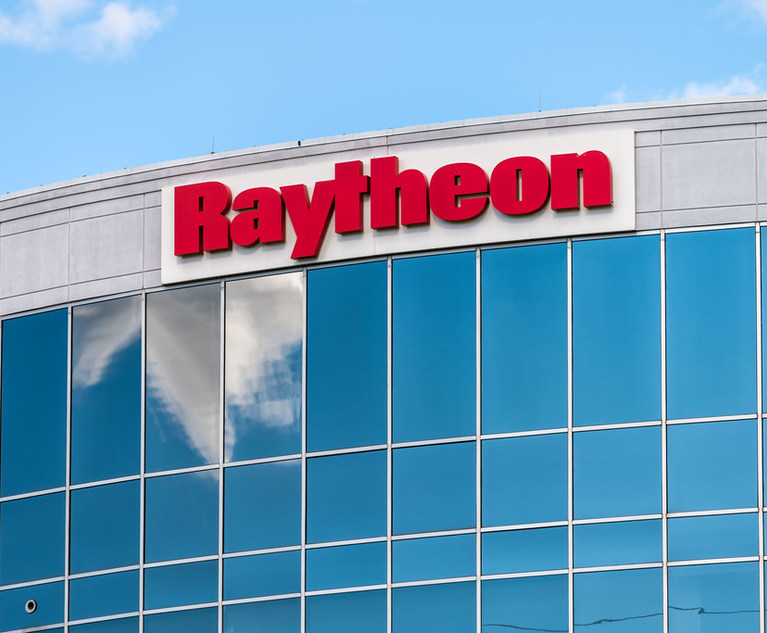© Touchpoint Markets, All Rights Reserved. Request academic re-use from www.copyright.com. All other uses, submit a request to [email protected]. For more inforrmation visit Asset & Logo Licensing.
Trending Stories
Events
- Real EstateGlobeSt. ELITE Women of Influence (WOI) 2025July 21, 2025 - DenverGlobeSt. Women of Influence Conference celebrates the women who drive the commercial real estate industry forward.More Information
- Real EstateGlobeSt. Multifamily Fall 2025October 15, 2025 - Los AngelesJoin the industry's top owners, investors, developers, brokers & financiers at THE MULTIFAMILY EVENT OF THE YEAR!More Information
Recommended Stories
Supreme Court backs away from PBM case, rejecting state efforts to control drug prices in self-funded plans
By Allison Bell | June 30, 2025
The high court considered the Oklahoma case for more than year but then dismissed it without comment.
Americans face catastrophic costs as Congress plans uninsured surge
By Renuka Rayasam and Sam Whitehead | June 30, 2025
Health policy researchers expect the number of uninsured to swell as the second Trump administration and a GOP-controlled Congress try to enact policies that explicitly roll back health coverage for the first time since the advent of the modern U.S. health system in the early 20th century.
Self-funding, Mark Cuban and ICHRAs generate buzz at NABIP's annual convention
By Allison Bell | June 30, 2025
Peter Nelson, the head of Trump's ACA programs, reported that some call him "Mr. ICHRA."
Resource Center

Research Report
Sponsored by Zorro and Ambetter Health
2025 Broker ICHRA Survey Report
What do brokers really think about ICHRA five years in? This report reveals how the model is evolving, what’s driving adoption, and what brokers need to succeed as demand grows.

Infographic
Sponsored by ArmadaCare
4 Key Win-Wins of Executive Medical Plans: Unlocking Far-Reaching Organizational Value
This infographic explores a cost-effective and compliant way to solve clients’ business problems before busy season hits full stride.

Article
Sponsored by TIAA
Advising on Annuities: The In-Plan Advantage for Your Clients
Secure income is a top priority for your clients’ retirement plans, but annuities can be complex. This guide clarifies in-plan vs. retail options, empowering you to offer superior advice, highlight cost savings, and enhance client trust.













